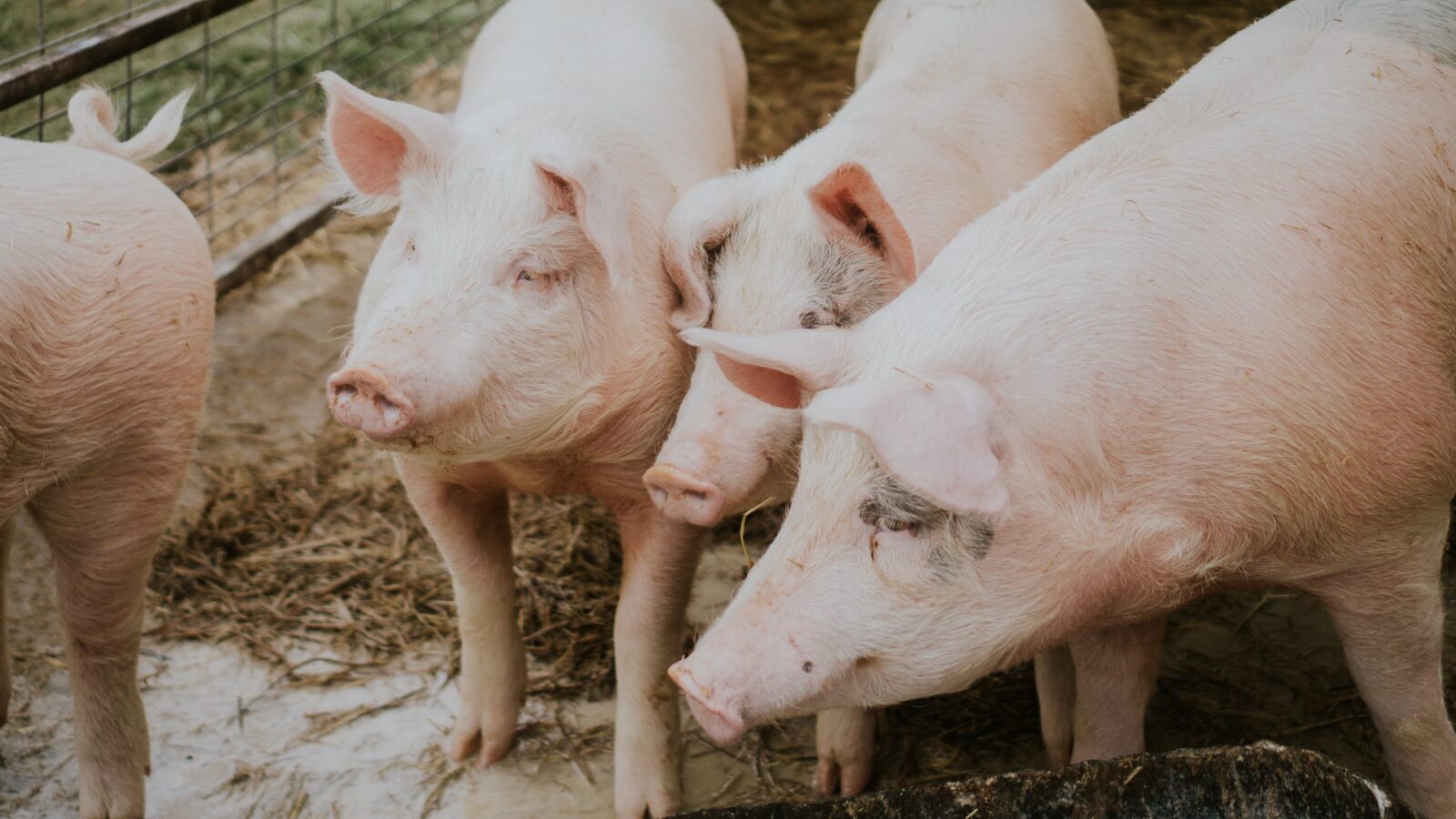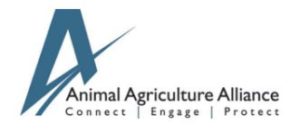
Ongoing improvement is key to animal agriculture sustainability, states a new report by the Animal Agriculture Alliance. 
The 33-page report, Sustainability Impact Report focuses on animal agriculture in the United States and highlights how farmers and ranchers share the same values as consumers with their never-ending commitment to animal care, environmental stewardship, responsible antibiotic use, food safety and nutrition.
“Animal agriculture has made great strides in environmental stewardship, animal welfare and overall sustainability over the years,” said Kay Johnson Smith, Alliance president and CEO. “As new technology and research become available, the industry will continue to innovate and improve.”
The report points out that today’s “modern farms combine the best of traditional farming practices with the benefit of modern technology and agriculture science.” In total, the report covers nine agricultural sectors: dairy, beef, veal, pork, chicken, turkey, egg, sheep and aquaculture. The main findings are:
Environmental stewardship highlights:
- According to the Environmental Protection Agency, agriculture accounts for a total of 9 percent of U.S. GHG emissions while livestock production is only 3.9 percent.
- Dairy farmers decreased their carbon footprint by 63 percent from 1944 to 2007.
- Since 1977, cattle ranchers have reduced their carbon footprint by 16 percent.
- Pig farmers decreased their carbon footprint by 7.7 percent and their water use by 25.1 percent from 1960 to 2015.
- The egg industry reduced its carbon footprint by 71 percent and its water use by 32 percent since 1960.
Animal welfare highlights:
- Hens under the United Egg Producers Certified program account for 95 percent of all the nation’s laying hens.
- The National Chicken Council (NCC) developed the NCC Animal Welfare Guidelines and Audit Checklist, which have been widely adopted within the chicken industry. These guidelines were updated in 2018.
- As of January 2019, more than 72,000 pig farmers and farm employees were Pork Quality Assurance Plus certified.By 2016, 98 percent of the U.S. milk supply came from dairy farms and cooperatives enrolled in the Farmers Assuring Responsible Management program.
Nutrition highlights:
- Milk provides nine essential nutrients and is also the number one food source of calcium, vitamin D and potassium for all Americans ages 2 years and older.
- Today’s pork is 16 percent leaner and 27 percent lower in saturated fat compared to 20 years ago.Lamb is an excellent source of vitamin B12, selenium, zinc and niacin.
- One 3-ounce serving of lean beef provides about 50 percent of the recommended daily value of protein.
- One large egg has varying amounts of 13 essential vitamins and minerals, six grams of protein and only 70 calories.


